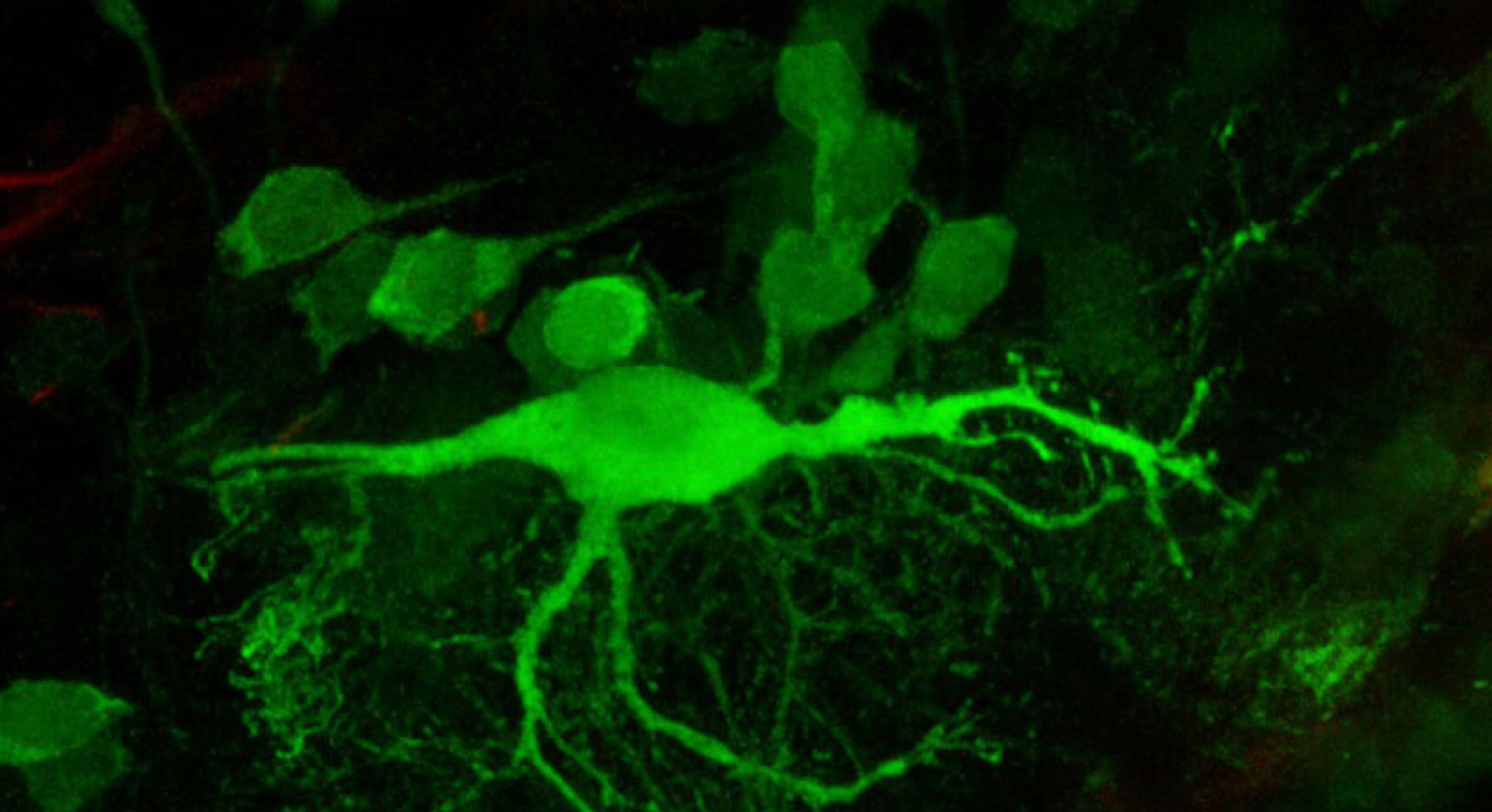The Nature of
Genius
An interdisciplinary analysis of the neurobiological and evolutionary mechanisms behind the development of exceptional cognitive abilities.
Brain Evolution. Key Principles of the New Paradigm
Brain Evolution as Continuous Development
Modern discoveries in biology and neuroscience have radically transformed our understanding of human brain evolution. For a long time, it was believed that its development occurred in leaps—by layering new structures on top of old ones. However, new evidence suggests that brain evolution was not abrupt but gradual, representing a subtle and continuous adaptation of existing structures.
For many years, the “triune brain” model, first proposed in the 1960s, dominated both scientific and popular literature. According to this concept, the mammalian brain—including the human brain—consists of three evolutionarily layered parts:
- the “ancient” reptilian brain (responsible for basic instincts),
- followed by the limbic system (the center of emotions),
- and finally, the cerebral cortex—or neocortex—associated with rational thinking, logic, and abstract reasoning.
This theory gave rise to the idea of a strict hierarchy, in which the ancient structures were considered more primitive, and higher cognitive functions were thought to be entirely dependent on the latest evolutionary "additions." However, by the 1990s, accumulated data showed that this model did not reflect the true picture.
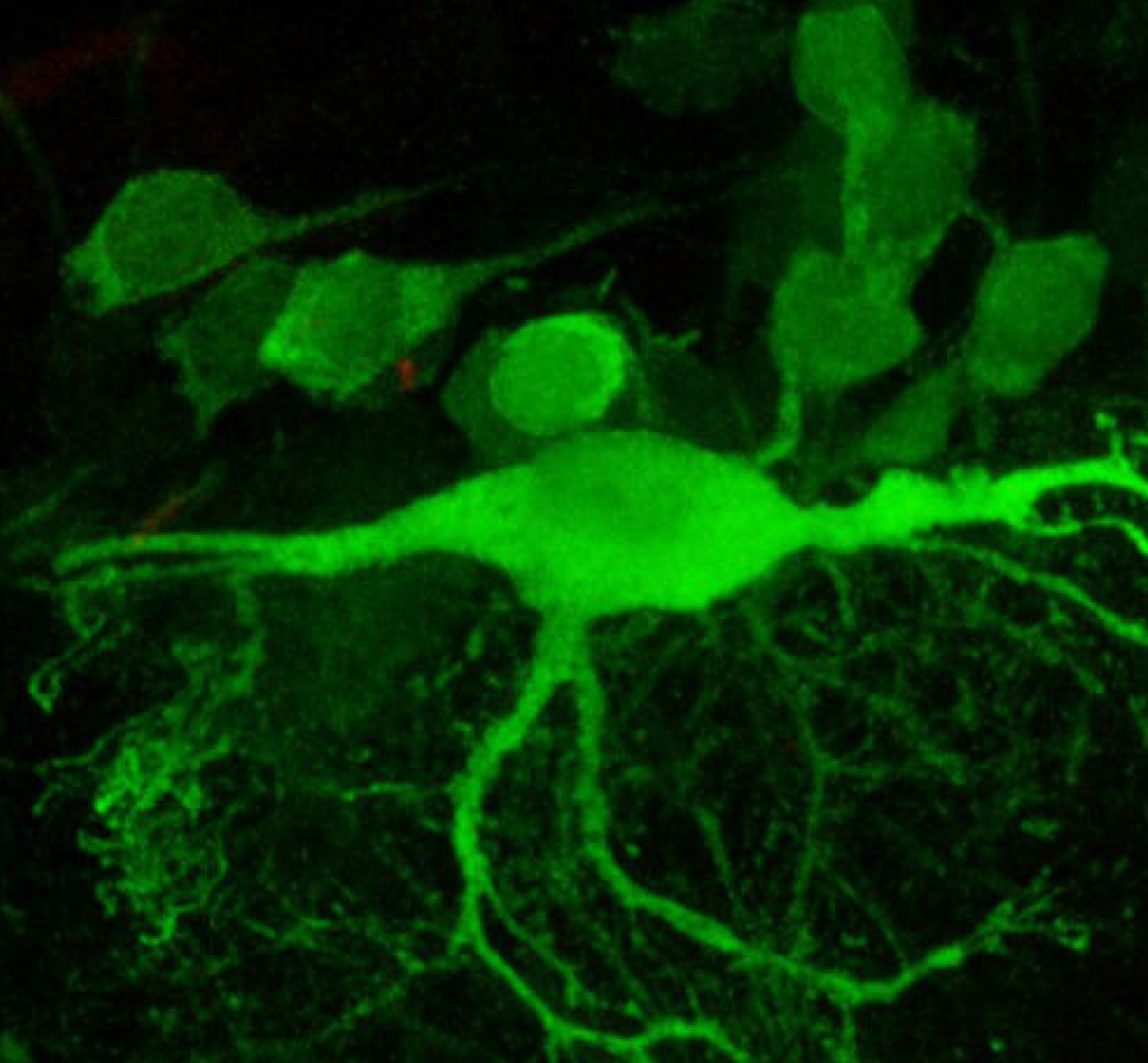
Development Through
Transformation
Modern brain research proves that evolution did not build the brain by adding new "floors." On the contrary, all the main regions of the brain—the forebrain, midbrain, and hindbrain—existed in all vertebrates, including reptiles, birds, mammals, and even fish, from the moment of their emergence. The functions of these regions changed and became more complex, but they did not disappear or get completely replaced.
"Ancient" Neurons in the Modern Brain
The modern brain of humans and animals retains elements in its architecture inherited from evolutionarily ancient nervous systems. For example, recent studies in comparative neurobiology have revealed a striking similarity between neurons in lizards and mammals (David Hain, 2022). Despite 320 million years of separate evolution, the common set of neuron types has maintained a high degree of molecular similarity. These neurons are found both in subcortical and cortical areas, confirming that the division of the brain into "ancient" and "new" parts is artificial and does not reflect reality. The entire brain is a complex integration of ancient elements and later evolutionary additions.
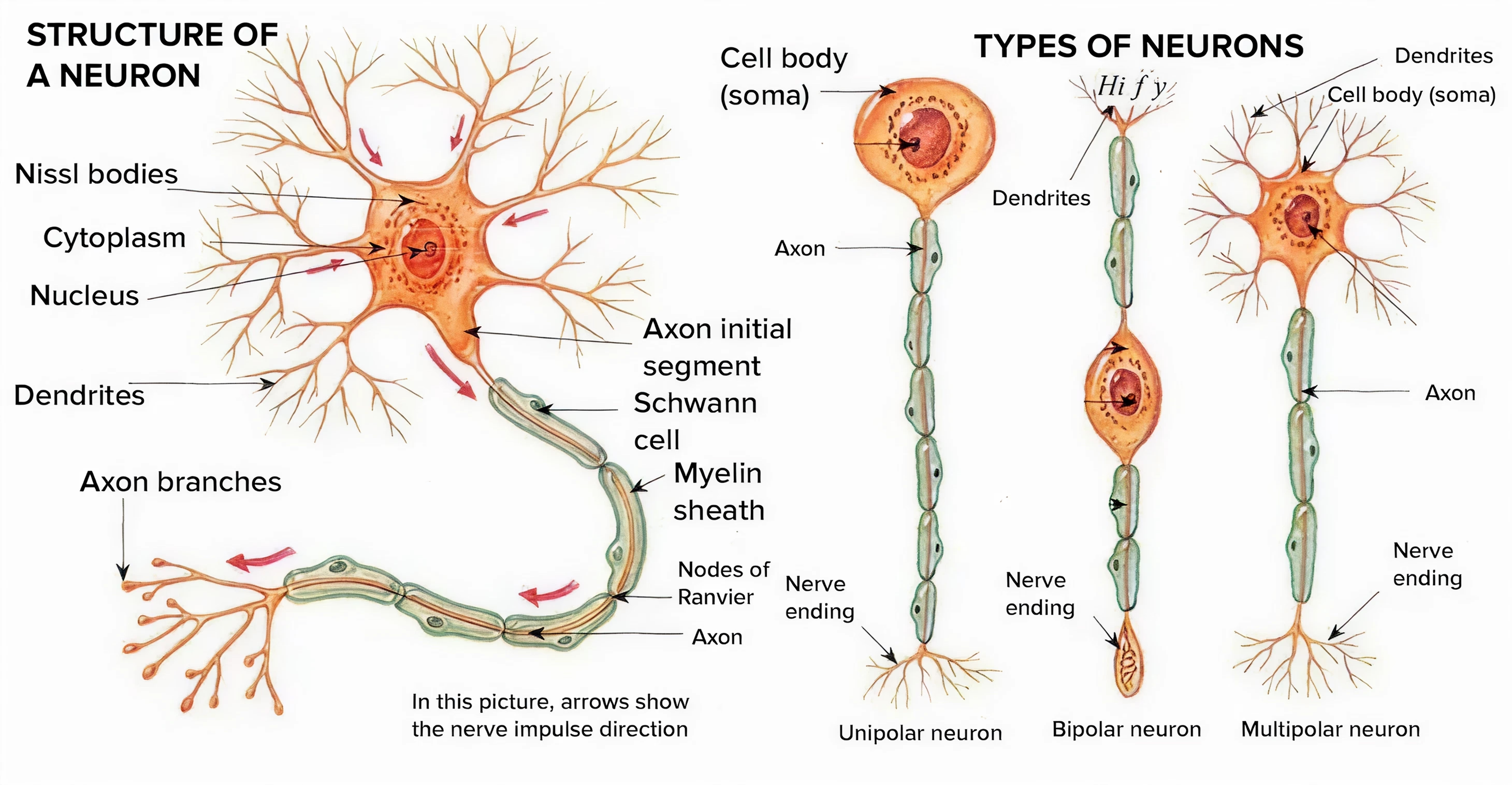
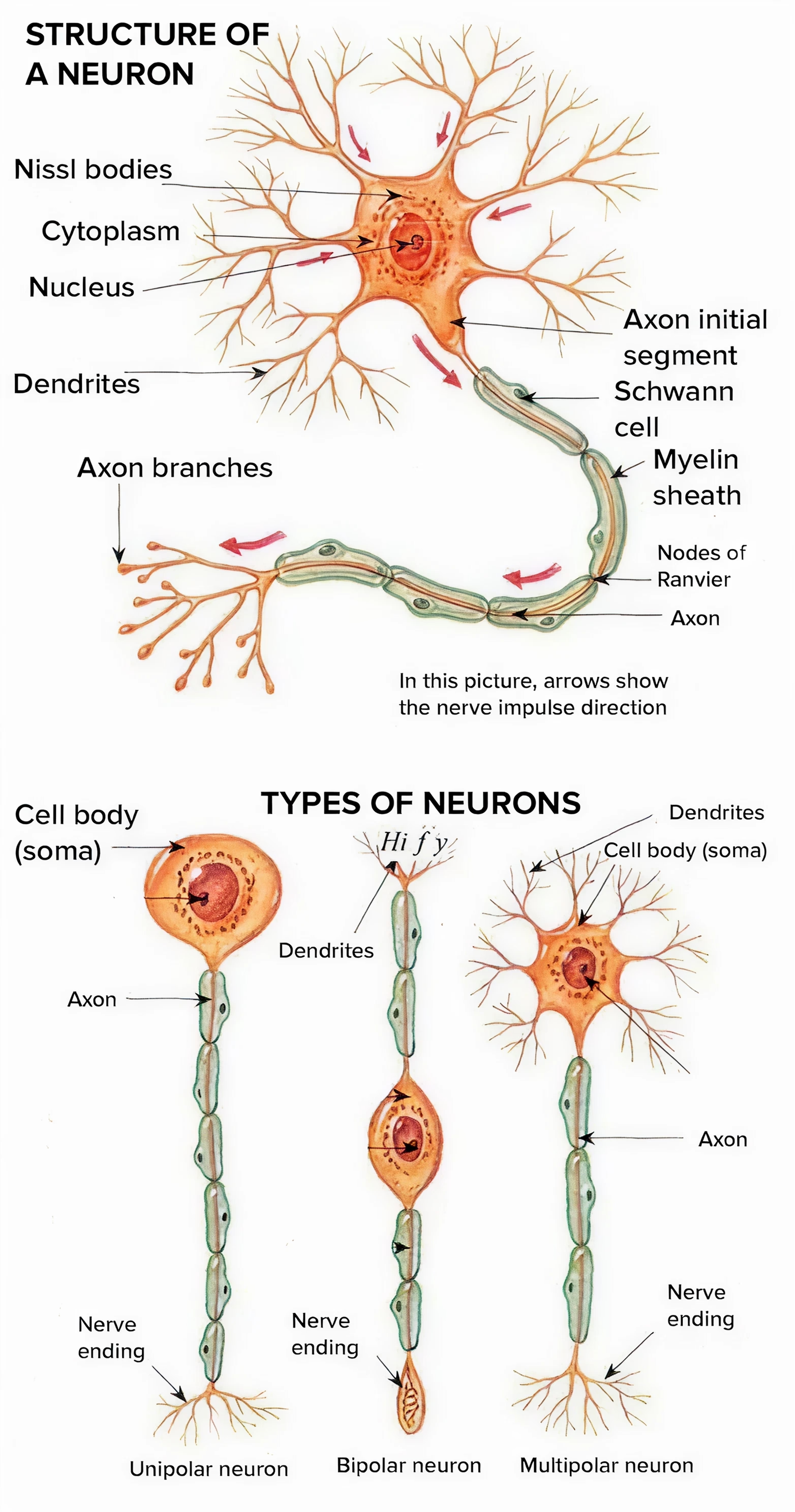
Figuratively speaking, our brain is like a city that has been continuously rebuilt while preserving elements from all eras—"ancient" and modern neurons are interwoven, forming a single functional system, much like historical buildings carefully integrated into a city's modern infrastructure.
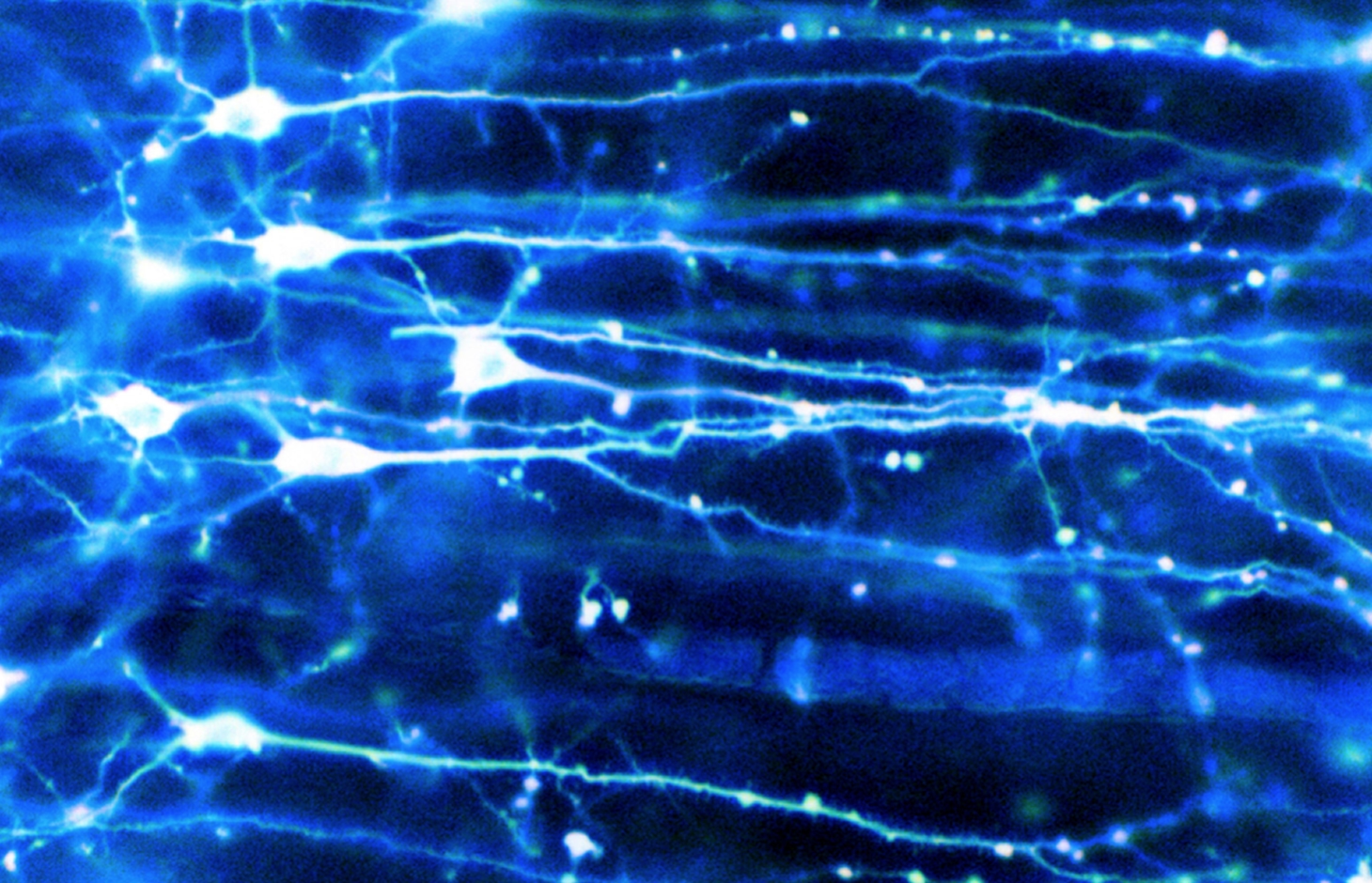

It stands to reason that evolutionary changes affecting one part of the brain would trigger changes in others. For example, the growing complexity of the cortex likely required adaptations in subcortical structures to maintain the system’s overall balance. It’s much like upgrading a complex machine—enhancing one component demands a precise recalibration of the rest.
Thus,
Brain evolution wasn’t about suddenly adding new parts, but rather about the gradual transformation and refinement of connections and functions within existing structures. Every region of the brain is the result of millions of years of adaptation—not a relic of the past.
This new perspective on brain evolution opens fundamentally new avenues for researching the nature of intelligence and, most importantly, provides deeper insight into the mechanisms underlying the formation of genius.
The Brain as an
Integrative System
Evolution does not operate like a builder stacking new floors atop old ones. Rather, it works like a master weaver—continually enriching the tapestry of the brain by threading in new fibers of varying texture and color into the existing fabric, creating ever more intricate patterns. The ancient patterns don’t vanish; they become the foundation for more complex designs, forming a multidimensional canvas where each interwoven strand of neurons gives rise to new facets of cognitive ability. Every thread matters to the overall pattern.
Thus, the human brain resembles not a hierarchical machine with "primitive" and "advanced" components, but rather an intricately woven neural tapestry where deep subcortical and specialized cortical brain structures function as a unified whole. Even the deep subcortical structures of the brain previously considered as "primitive" remain critically important for higher cognitive functions, such as memory, attention, and decision-making.
For example:
- The "ancient" amygdala actively interacts with the cerebral cortex during decision-making processes.
- The thalamus, once classified as a "primitive" structure, is essential for information processing, alongside the cortex.
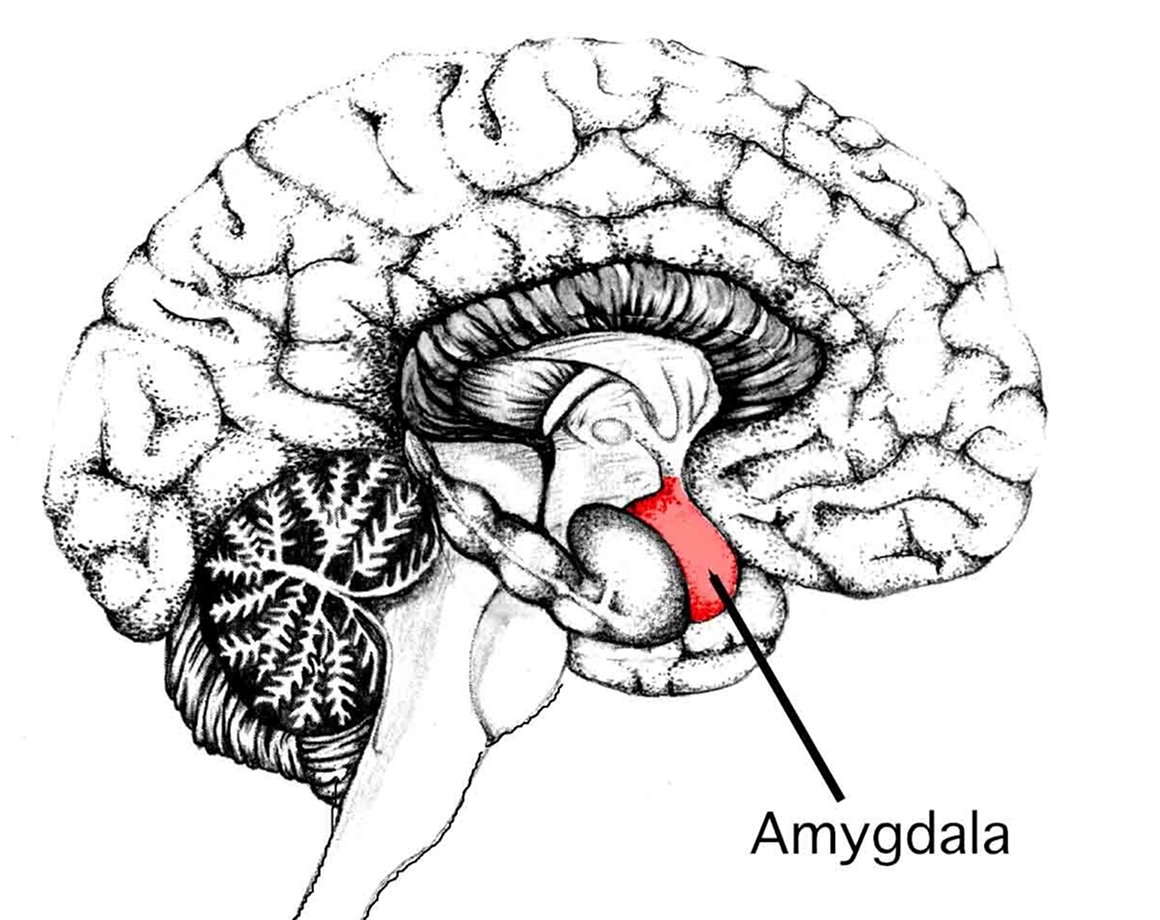
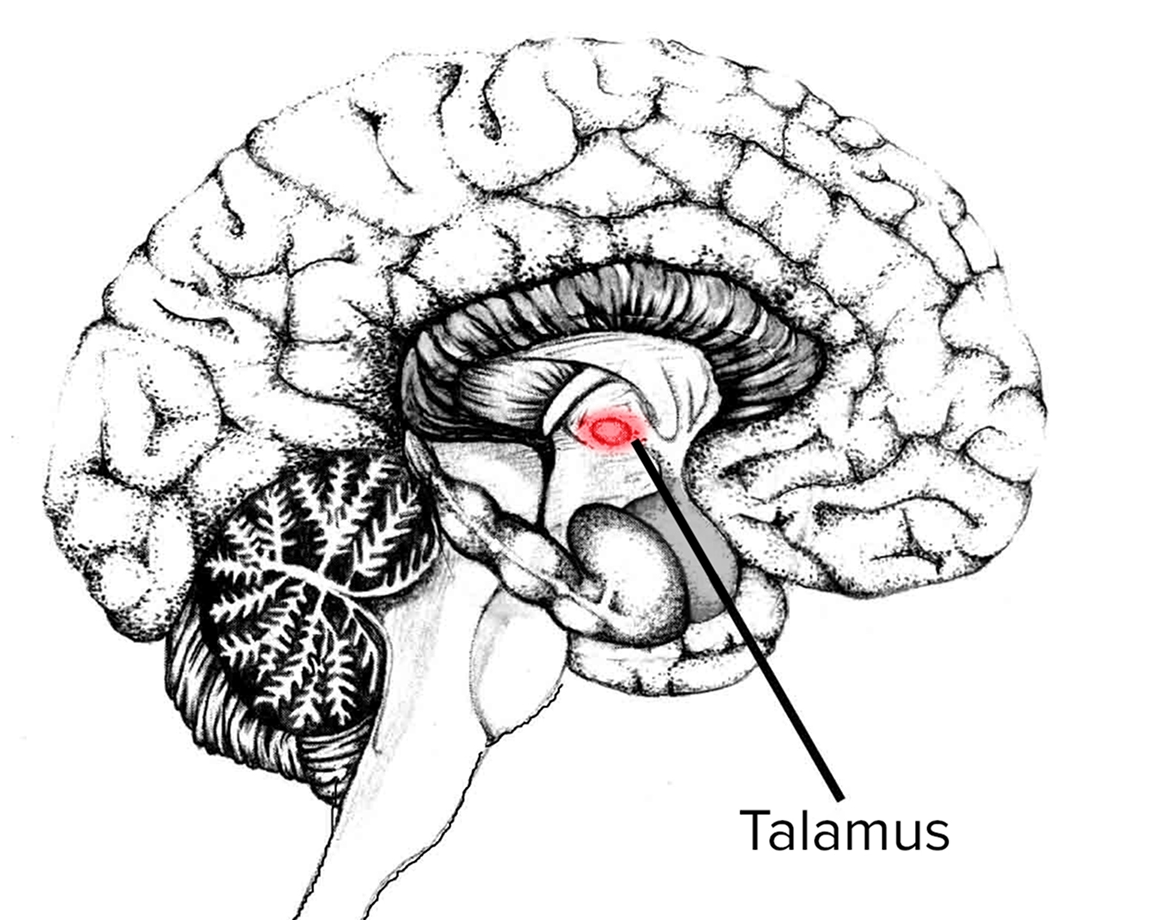
This understanding reflects the modern view of the brain as a heterarchical system, where flexible interactions among networks play a key role.
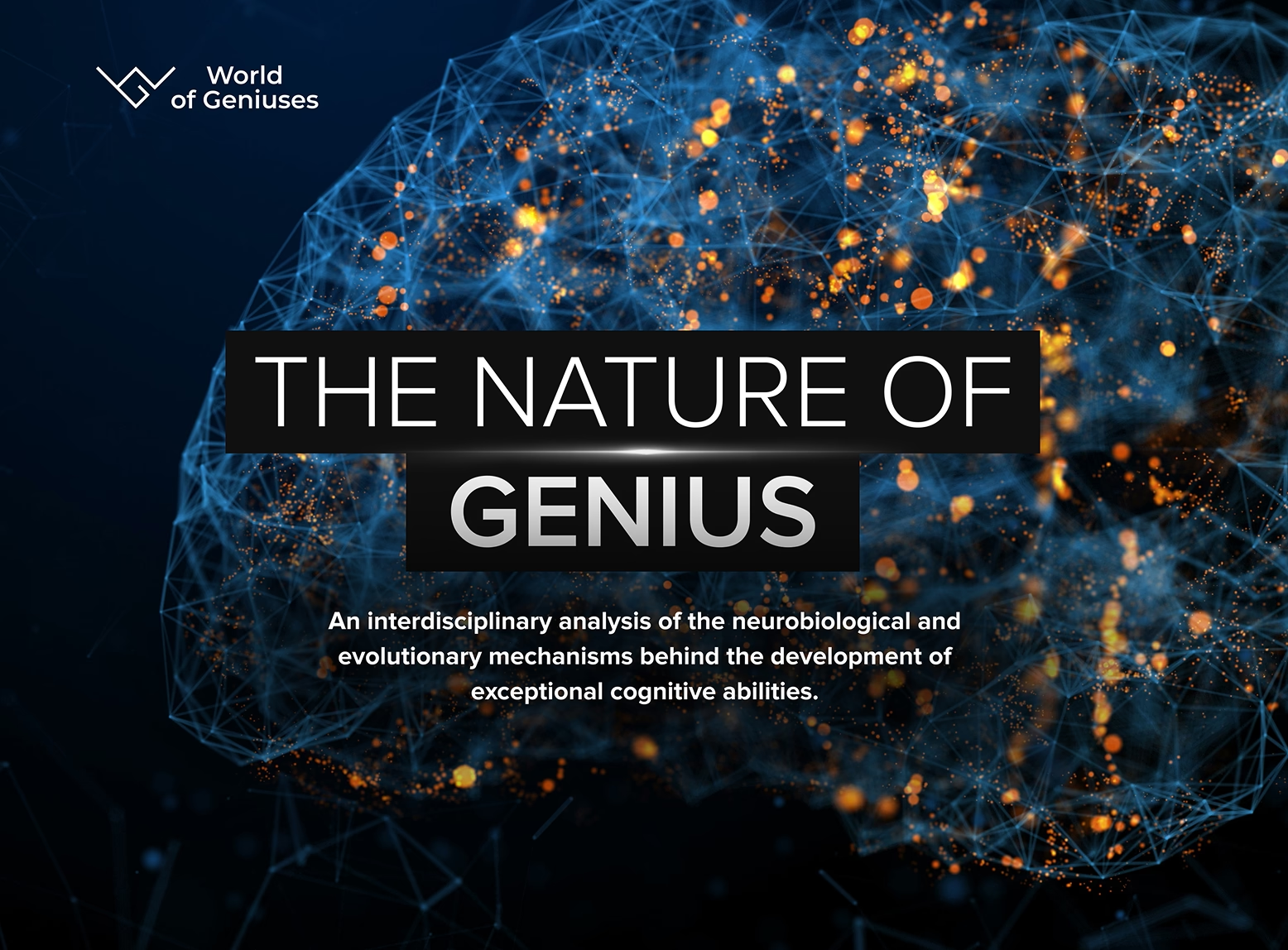
the Nature of Genius.
White Paper
An interdisciplinary analysis of the neurobiological and evolutionary mechanisms behind the development of exceptional cognitive abilities.

 Genius
Genius